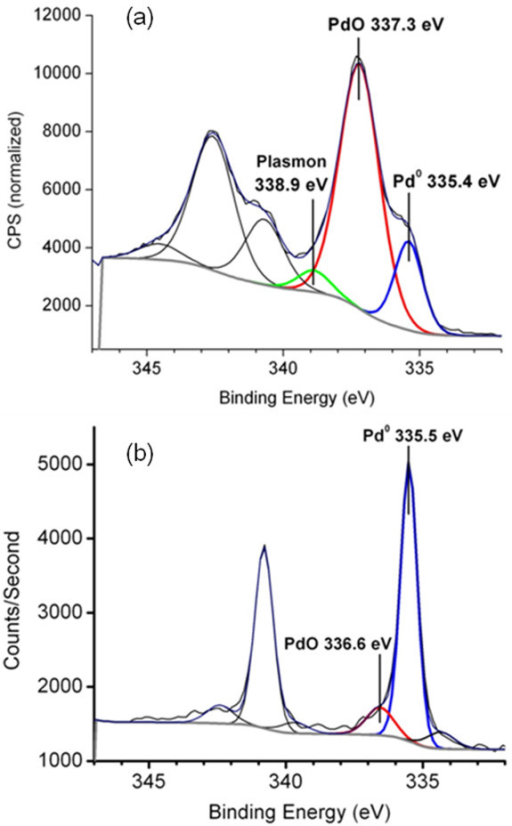


For example, DNA requires specialized techniques for the production of straight nanowires and the aspect ratio of Cu-nanowires from microtubules is difficult to control due to the polydisperse nature of the microtubules. Still the utilization of DNA and microtubules for biotemplating face some challenges. DNA and fiber-like protein structures like microtubules have been used as biotemplates for the synthesis of Cu-nanowires. īiomolecules such as DNA, amino acids, peptides, protein cages, and viruses have been used as templates and scaffolds for the synthesis of inorganic nanomaterials including metals and semiconductors. It can potentially produce a wide variety of materials for applications in electronics, sensing, optics, and cancer therapy. Biotemplating is an attractive method to synthesize nanosize inorganic materials because it takes advantage of the well-defined size and shape of the biological structures and the surface functional groups that can interact with metal atoms leading to nucleation and growth of nanoparticles. Our strategy for the synthesis of Cu-nanorods is biotemplating. While their methods have potential for the production of copper oxide nanorods on surfaces, scalable solution-based methods that produce monodisperse and well-dispersed copper (Cu) nanorods is still a topic of significant importance in fundamental studies and commercial applications. and Cheng, who were motivated by potential applications of copper oxide nanorods in solar and electrochemical cells. For example, copper oxide nanorods had been produced by Liu et al. Moreover, interest in nanorods of various metals had arisen as well. Recent progress in purification and synthesis of gold-nanorods shows great promise. Nonetheless, polydispersity and byproducts in the form of nanospheres and nanoplates may be limiting for certain optical applications. One efficient approach in preparing large quantities of gold nanorods is via seed-mediated synthesis in the presence of a surfactant. A great interest in gold nanorods is being motivated by their potential applications in various technologies including optical filtering, subwavelength imaging, data storage, and sensor devices.


 0 kommentar(er)
0 kommentar(er)
